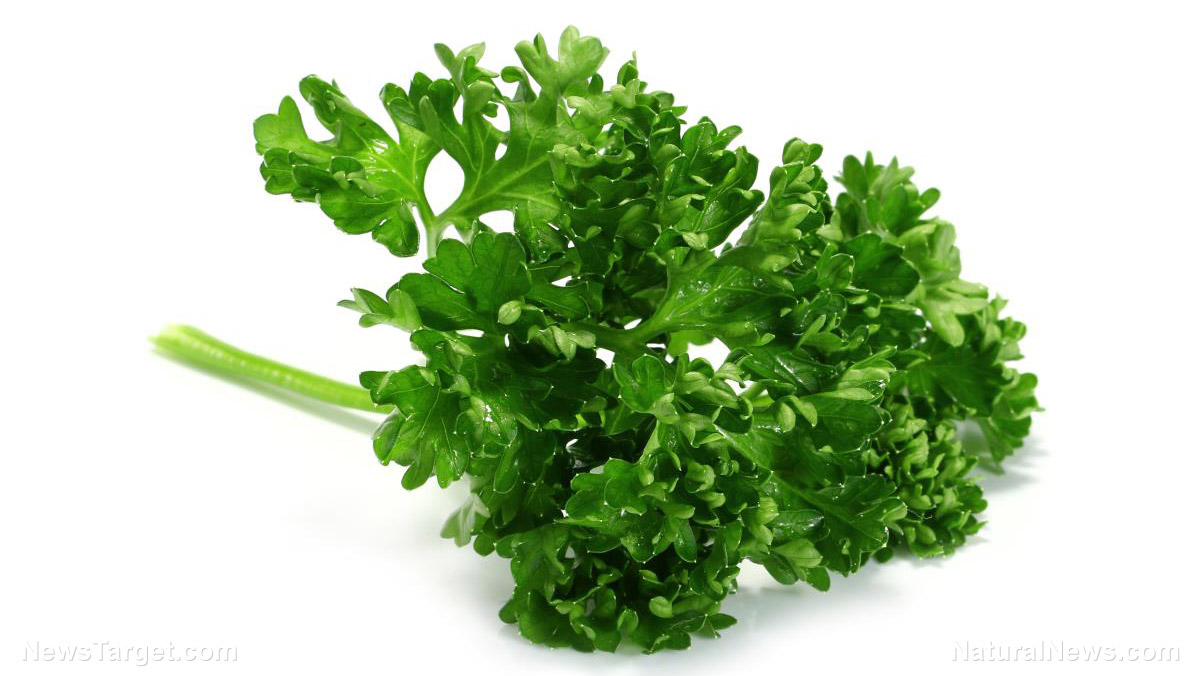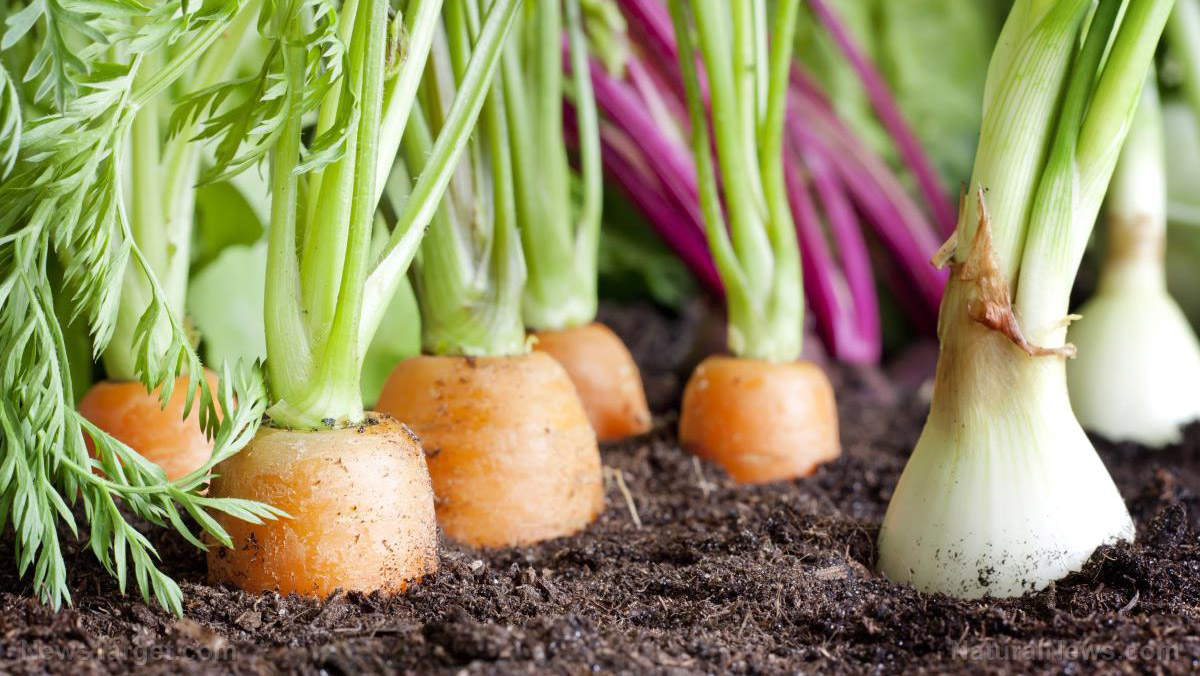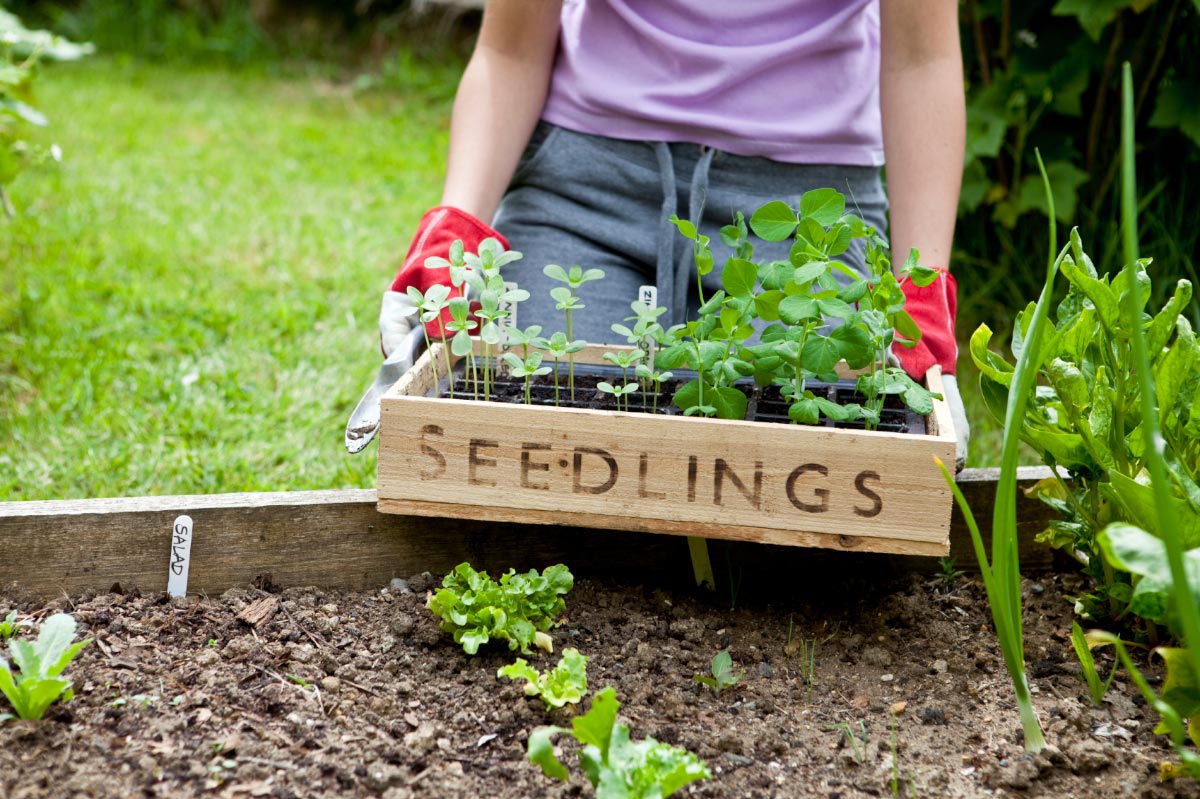
Advertisement
You may be more familiar with using it as an inexpensive garnish but did you know that parsley is actually a superfood in its own right?
A versatile herb that provides a concentrated source of nutrients, parsley is said to provide antioxidant benefits, improve bone health and even protect against chronic diseases. In addition, studies have also shown parsley to be effective against digestive disorders, coughs and toothaches,
What makes parsley a potent herb?
Despite its unassuming appearance, parsley is actually one of the most nutrient-dense herbs in existence.
The herb is rich in many vitamins, such as vitamin K, which is needed for blood clotting and bone health, and vitamins A and C, which are known for their potent antioxidant properties.
In fact, the herb is so rich in vitamins and other nutrients that according to the Department of Agriculture (USDA), just a cup or 100 grams of fresh, chopped parsley already yields the following:
- Vitamin A: 168 percent of the Percent Daily Value (DV) set by the Food and Drug Administration
- Vitamin C: 13 percent DV
- Vitamin K: 1230 percent DV
- Folate: 23 percent DV
- Potassium: 9 percent DV
- Iron: 21 percent DV
In addition, the flavorful parsley is also very low in calories making it a great low-calorie addition to many recipes.
Because of its nutrient-dense nature, it’s not surprising to learn that parsley has the following health benefits:
Parsley can help protect the body against oxidative damage
Parsley contains many powerful antioxidants such as vitamin C and vitamin A, as well as phytochemicals such as flavonoids and carotenoids.
This means that parsley can help protect the body from cellular damage caused by free radicals.
According to studies, diets that are rich in flavonoids can help lower one’s risk for chronic illnesses such as type 2 diabetes, cardiovascular disease and certain types of cancer.
Supports optimal bone health
Parsley is packed with vitamin K, an essential nutrient that helps build stronger, healthier bones. Vitamin K does this by supporting the production of cells called osteoblasts that aid in bone formation. Aside from that, vitamin K also activates certain proteins that increase bone mineral density and strength.
This means that eating foods that are high in vitamin K such as parsley, may help reduce one’s risk of getting fractures by as much as 22 percent.
Helps protect the eyes
Parsley is incredibly rich in plant chemicals called carotenoids which act as powerful antioxidants. These chemicals — particularly lutein and zeaxanthin — help protect the eyes and promote healthy vision.
This is because lutein and zeaxanthin can decrease one’s risk for age-related macular degeneration (AMD), by as much as 26 percent. AMD, as noted by experts, is an incurable eye disease and one of the leading causes of blindness globally.
Aside from lutein and zeaxanthin, parsley also contains beta carotene, another carotenoid that is known to support eye health. Beta carotene can be converted into vitamin A in the body. Vitamin A is considered by medical experts to be essential for eye health, as it helps protect both the cornea and the conjunctiva from damage.
Helps improve heart health
Parsley is considered by experts to be a good source of folate, a B vitamin that is known to reduce heart disease risk in certain populations by as much as 38 percent.
Folate benefits heart health by lowering levels of the amino acid homocysteine which can alter the structure and function of the body’s arteries.
May exhibit antimicrobial properties
Aside from being a flavorful herb, parsley may also act as a potent antibacterial agent when reduced into an extract, according to a test-tube study.
As detailed in the journal Foodborne Pathogens and Disease, parsley extract showed significant antimicrobial activity against yeast, molds, and a common strain of bacteria known as Staphylococcus aureus which is linked to several potentially-dangerous infections.
In addition, according to a study published in Meat Science, parsley extract may also be used to prevent the growth of potentially harmful bacteria such as Listeria and Salmonella in food. This is important as both Listeria and Salmonella are known to cause severe food poisoning.
How to grow your own parsley
Because of its versatile nature, fresh flavor and its rich nutrient content, many people have opted to plant their own parsley shrubs.
There are two varieties of parsley that one can plant, each with its own use in the kitchen.
Curly leaf parsley (Petroselinum crispum crispum), for instance, is used mainly as a garnish, and for drying or freezing. It is also often planted as a companion plant for flowers such as rose bushes, which are said to benefit from its presence.
Flat-leaf or Italian parsley (P. crispum neapolitanum), on the other hand, is a variety that is more often used for cooking. This variety is known for having a deeper flavor and for being easy to handle on the cutting board.
Parsley, unlike other herbs, is a biennial plant. This means that unlike perennials such as mint, rosemary and sage, parsley only comes back after two gardening seasons, which is just enough time for it to produce lush leaves, go to seed, and develop a substantial taproot.
As with all herbs, parsley is relatively easy to plant and take care of. Here are some tips:
- Plant the seeds 3 to 4 weeks before the last spring frost. Do note that the seeds can take up to 3 weeks before they sprout.
- To get a head start, soak the seeds overnight before planting seeds in individual indoor pots 10 to 12 weeks before the last spring frost.
- Prepare the site by making shallow, half-inch-deep trenches in rich, loamy and well-draining soil. Make sure the area you plant them in receives full sun, as the plants like bright sunshine.
- Plant two to three seeds per inch along the length of the trenches. Lightly cover the seeds with soil.
- Once the seeds germinate and the seedlings are about an inch tall, thin them until the seedlings are six to eight inches apart. Do this by snipping off some of the plants near the soil line.
- Keep the soil evenly moist until the seeds germinate. This will usually take about two to three weeks. To help conserve moisture and keep down weeds, you can place a light layer of mulch around the plants.
- Water the plants as soon as the soil starts to dry out.
Two months or less after sowing, your plants will be ready for harvesting.
To do this, cut off the outer stalks close to the ground using scissors. For the best flavor, pick the parsley early in the day when the oils in the leaves are at their most potent.
As with all herbs, parsley can also be grown in containers. Just make sure you fertilize regularly with organic compost, in order to ensure that the plants are getting the same amount of nutrients as their outdoor counterparts.
More than just being a flavorful herb and garnish, the nutrient-packed parsley is also every bit a healing food that boasts quite an impressive array of benefits.
Sources:
Advertisements







